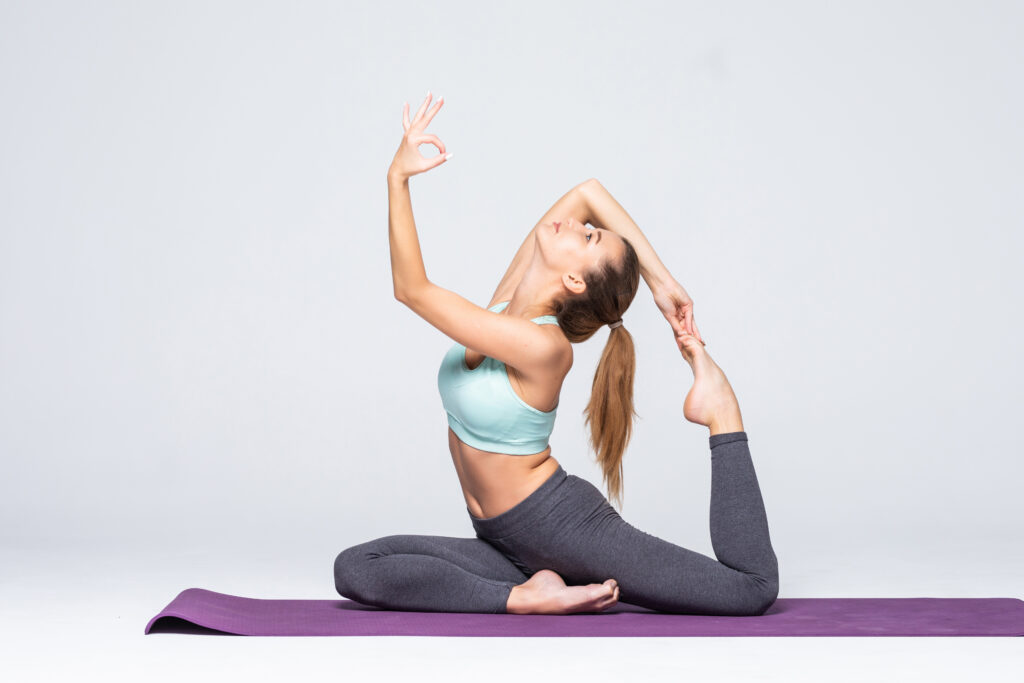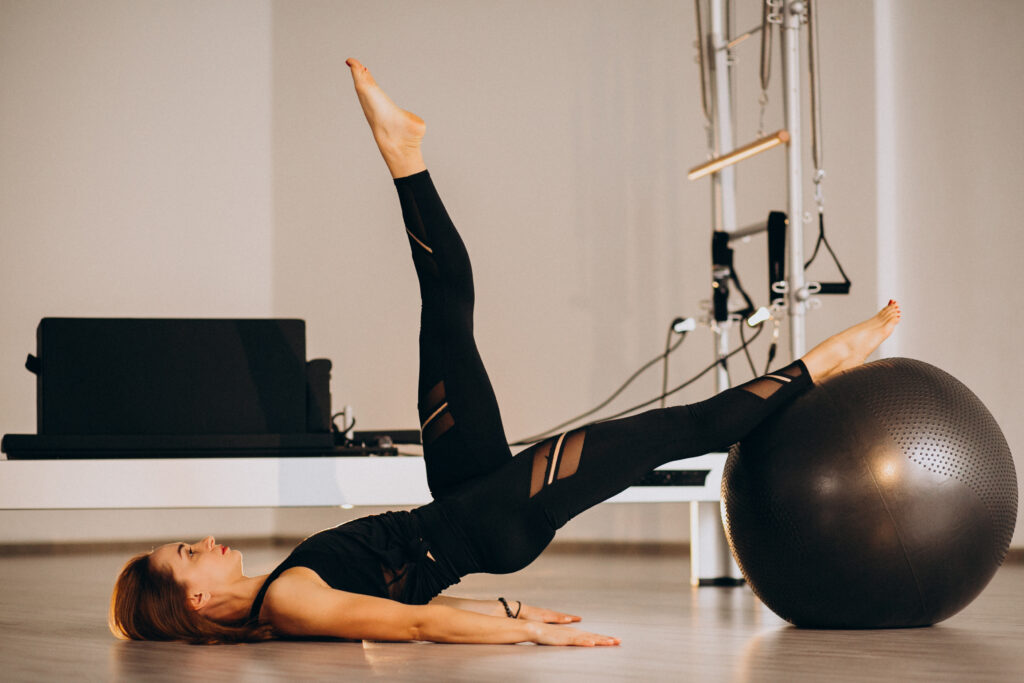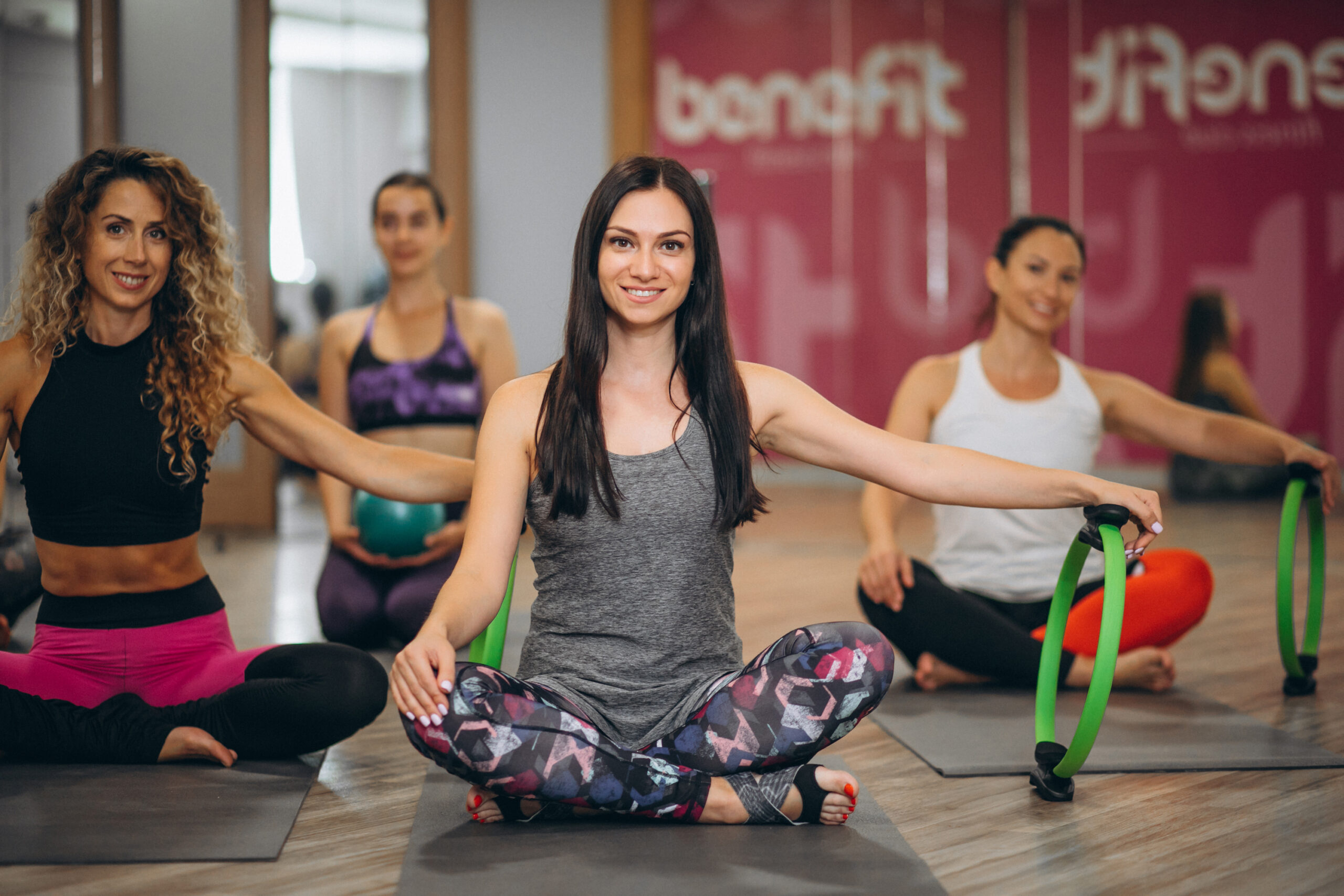Yoga and Pilates are two popular forms of exercise that promote physical strength, flexibility, and overall well-being. While they share some similarities, there are fundamental differences between the two practices. In this article, we will explore the distinctions between yoga and Pilates to help you understand their unique characteristics and choose the practice that aligns with your goals and preferences.
The Difference Between Yoga and Pilates
Yoga and Pilates are both mind-body disciplines that emphasize physical movement, breath control, and mindfulness. They provide numerous benefits, including improved posture, increased flexibility, enhanced core strength, and stress reduction. However, the origins, principles, and approaches of these practices differ significantly.
Origins and Philosophy
Yoga originated in ancient India thousands of years ago and encompasses a comprehensive system for physical, mental, and spiritual development. It integrates physical postures (asanas), breathing techniques (pranayama), and meditation to promote unity and harmony between the mind, body, and spirit.
Pilates, on the other hand, was developed by Joseph Pilates in the early 20th century as a rehabilitative method. It draws inspiration from various exercise modalities, including yoga, gymnastics, and martial arts, to create a system focused on strengthening the core muscles and improving overall body alignment.
Focus and Principles
Yoga is primarily focused on achieving balance and harmony within the body and mind. Its core principles include proper breathing, mindfulness, and the integration of physical movement with mental awareness. Yoga aims to cultivate self-awareness, inner peace, and spiritual growth alongside physical well-being.
Pilates, on the other hand, emphasizes core strength, stability, and muscular control. It follows a set of principles, such as concentration, centering, precision, control, breath, and flow. Pilates aims to develop a strong core, improve postural alignment, and enhance overall body strength and control.

Breathing Techniques
In yoga, specific breathing techniques, known as pranayama, are an integral part of the practice. These techniques help regulate the breath, calm the mind, and promote relaxation. The breath is coordinated with each movement and posture, fostering a deeper mind-body connection.
Pilates also emphasizes proper breathing, but it follows a different approach. Pilates practitioners are encouraged to engage in lateral thoracic breathing, which involves expanding the ribcage laterally while maintaining stability in the core muscles. This type of breathing supports the engagement of the deep core muscles and enhances control during movements.
Equipment and Props
Yoga can be practiced with minimal equipment, often requiring only a yoga mat. However, certain styles of yoga, such as Iyengar Yoga, may utilize props like blocks, straps, and bolsters to assist in achieving proper alignment and enhancing the practice.

Pilates incorporates specialized equipment, such as the reformer, Cadillac, and chair, in addition to using props like resistance bands, stability balls, and magic circles. These equipment and props provide added resistance, support, and variety to the exercises, allowing for a broader range of movements and progression.
Movement Patterns and Exercises
Yoga encompasses a wide range of movement patterns, including flowing sequences, static holds, twists, bends, and inversions. The practice includes standing, seated, supine, and prone postures, with variations that cater to practitioners of different levels and abilities.
Pilates focuses on controlled and precise movements that target specific muscle groups, particularly the core muscles. Exercises in Pilates often involve repetitive and concentrated movements with a focus on alignment, stabilization, and muscular endurance. The practice incorporates both mat-based exercises and equipment-based exercises.
Flexibility and Strength
Yoga places a significant emphasis on flexibility and improving range of motion. The practice includes various stretching techniques and postures that promote flexibility in the muscles, joints, and connective tissues. While yoga also builds strength, it does so through bodyweight exercises and holding postures rather than resistance training.
Pilates, on the other hand, aims to improve both flexibility and strength simultaneously. The practice emphasizes core strength and stability, enhancing overall body strength and muscular endurance. Pilates exercises target specific muscle groups to promote balanced strength throughout the body.
Mind-Body Connection
Yoga emphasizes the mind-body connection, encouraging practitioners to cultivate awareness and mindfulness throughout their practice. It seeks to create harmony between the physical, mental, and spiritual aspects of an individual, promoting a sense of inner calm, presence, and self-discovery.
Pilates also emphasizes the mind-body connection, albeit with a more focused approach to body awareness and control. It encourages practitioners to be mindful of their movements, alignment, and breathing, fostering a greater understanding of their body’s capabilities and limitations.
Targeted Benefits
Yoga offers a wide range of benefits, including increased flexibility, improved posture, enhanced balance, reduced stress, and relaxation. It promotes physical and mental well-being, aids in injury prevention, and can be adapted to suit various fitness levels and goals.
Pilates is known for its ability to strengthen the core muscles, improve posture, and enhance overall body alignment. It focuses on developing stability, flexibility, and muscular endurance. Pilates can be particularly beneficial for those seeking to improve their core strength, rehabilitate from injuries, or enhance athletic performance.
Conclusion
In conclusion, while yoga and Pilates share some similarities, they are distinct practices with different origins, philosophies, and approaches. Yoga emphasizes the integration of mind, body, and spirit, promoting balance, flexibility, and overall well-being. Pilates focuses on core strength, stability, and precise movement, enhancing body alignment and control. Both practices offer unique benefits and can be tailored to suit individual needs and goals. Exploring and experiencing both disciplines can provide a well-rounded approach to physical fitness and holistic well-being.
FAQs (Frequently Asked Questions)
Q1: Can I practice yoga and Pilates together?
A: Yes, practicing yoga and Pilates together can offer a well-rounded approach to physical fitness and well-being. Both practices complement each other and provide unique benefits. You can integrate elements of both into your exercise routine based on your preferences and goals.
Q2: Which practice is better for weight loss?
A: Both yoga and Pilates can contribute to weight loss when combined with a healthy diet and regular exercise routine. Yoga, with its flowing sequences and dynamic styles like Power Yoga, can help burn calories and improve cardiovascular fitness. Pilates, with its focus on core strength and muscle toning, can contribute to increased muscle mass and improved metabolism.
Q3: Can yoga or Pilates help with back pain?
A: Yes, both yoga and Pilates can be beneficial for back pain. Yoga offers gentle stretches, strengthening postures, and relaxation techniques that can alleviate back pain and improve spinal health. Pilates focuses on core strength and postural alignment, which can help relieve back pain and promote a healthier spine.
Q4: Is one practice more suitable for beginners than the other?
A: Both yoga and Pilates can be suitable for beginners. However, it is advisable to start with beginner-level classes or sessions led by qualified instructors who can provide proper guidance and ensure correct form and alignment. Starting gradually and progressing at your own pace is key in both practices.
Q5: Can I do yoga or Pilates if I have an injury?
A: If you have an injury, it is essential to consult with a healthcare professional or a qualified instructor before starting yoga or Pilates. In some cases, modifications or specific exercises may be recommended to accommodate your injury and support your recovery process.

